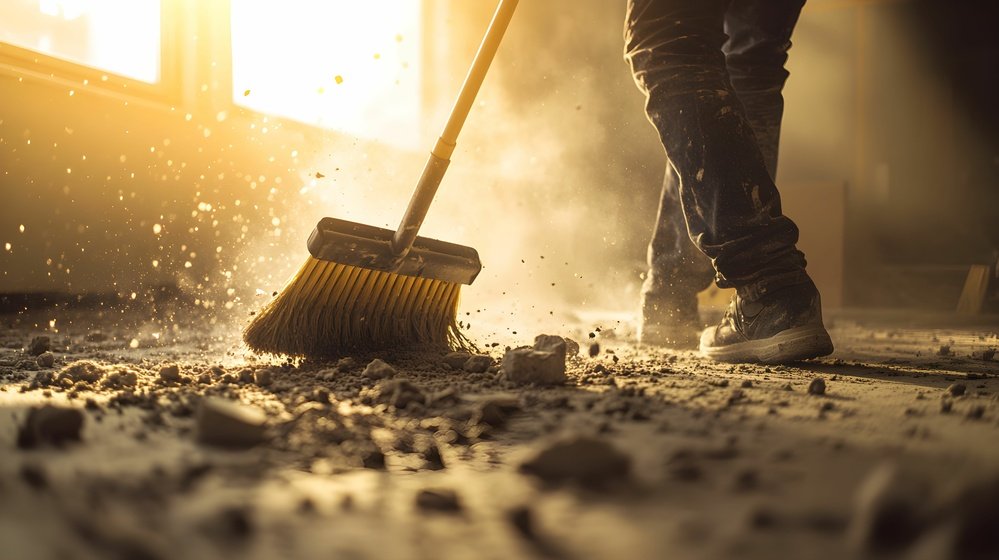Commercial cleaning services are sometimes asked to come in and clean things up after a construction project. Needless to say, post-construction cleaning can be both challenging and somewhat risky. It is important that cleaning procedures and policies be optimized to ensure workers’ safety.
The work environment needs to be made safe for cleaning crews. In addition, the space needs to be just as safe as cleaning crews are walking out the door. It doesn’t matter whether the space is an industrial building, a warehouse, or even a medical office that just completed a full remodel. Worker safety always comes first.
Start With an Assessment
Optimizing post-construction cleaning starts with a comprehensive assessment. This is a risk assessment designed to identify potential hazards cleaning crews could encounter along the way. With an assessment comes the need to prioritize safety precautions.
An assessment might call for a variety of protective gear for all members of the cleaning crew. Some post-construction cleaning jobs might require extra training due to particular aspects of the construction site. Here is the point: it is important to assess the need before coming up with a cleaning plan.
Details, Details, Details
Speaking of coming up with a cleaning plan, it has been our experience that all types of cleaning benefit from detailed plans. Details are especially important in a post-construction environment due to the inherent safety risks. Details should cover:
- Cleaning tasks
- Cleaning timelines
- Resources and allocation
- Safety measures
- Compliance issues
Once again, worker safety is a top priority. Compliance is also high on the list. Post-construction cleaning is often subject to rules and regulations that don’t apply to standard, daily cleaning.
Safe Debris Removal
One of the early-stage tasks associated with post-construction cleaning is debris removal. Strangely, a lot of the safety issues related to post-construction cleaning stem from this particular step. Debris can be dangerous all by itself. When you throw in the other hazards of working in construction zones, debris becomes a bigger problem.
A systematic plan for removing debris can keep everyone on the same page. Of course, workers should be equipped with the proper safety gear that includes gloves, steel-toed boots, and safety glasses.
In addition, it is important to plan for how debris will be disposed of. Will there be a dumpster parked outside the building? Will debris be loaded onto trucks immediately? These are things to iron out before post-construction cleaning begins.
Post-Construction Surface Cleaning
Once all debris has been removed, it is time to begin surface cleaning. This is where post-construction jobs get interesting. Why? Because each unique surface could be subject to a specific cleaning method and product based on its purpose, how cleanliness is defined for that surface, and what it was exposed to during construction.
General purpose cleaners would be appropriate in some environments but not others. When it comes time to clean the floors, HEPA-filtered vacuums are probably a good bet. In industrial environments and warehouses, surface cleaning might also include dealing with certain kinds of chemicals. These are all things that need to be considered.
Potential Health Hazards
Bringing everything together is constant awareness of the potential health hazards of cleaning up after construction. Planning for things like ventilation and hazardous material handling is non-negotiable. In addition, cleaning crew supervisors should be constantly on the lookout for hazards workers might miss.
Post-construction cleaning is unique in so many ways. It can be dangerous and dirty work. But when done properly, it results in a brand-new space that is clean, safe, and ready to be used. We can certainly appreciate that here at All Pro Cleaning Systems.


